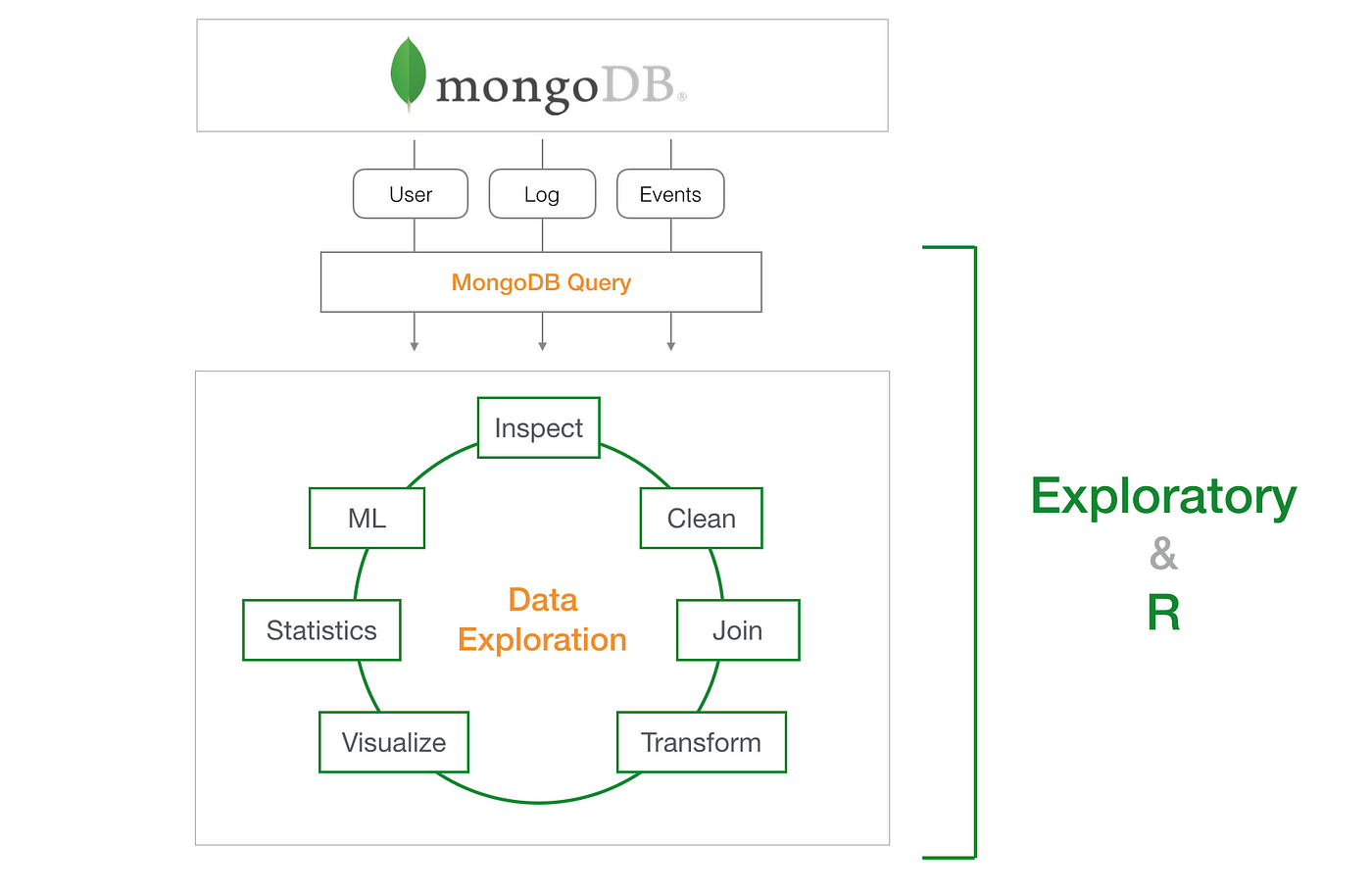Creating my First Database and Collection inMongoDB – A Beginner’s Step-by-Step Guide
1.Introduction: Why MongoDB?
In today’s fast-paced digital world, traditional relational databases often fall short when dealing with unstructured or semi-structured data. That’s where MongoDB, a NoSQL database, steps in as a game-changer.
If you're a student, developer, or tech enthusiast who's heard the buzz about MongoDB but never tried it — this blog is your perfect starting point.
We’re going to walk you through:
-
What MongoDB is
-
How to create your very first database and collection
-
A step-by-step procedure with screenshots
-
And how this knowledge can help you in the future!
What is MongoDB? – The Core Concept
MongoDB is a document-oriented NoSQL database, meaning it stores data in JSON-like documents rather than traditional rows and columns.
Key MongoDB Concepts:
-
Database: A container for collections.
-
Collection: A container for documents. Think of it like a table, but more flexible.
-
Document: The actual data entry in JSON format (called BSON internally in MongoDB).
Database: A container for collections.
Collection: A container for documents. Think of it like a table, but more flexible.
Document: The actual data entry in JSON format (called BSON internally in MongoDB).
Unlike SQL databases that require predefined schemas, MongoDB gives you flexibility, scalability, and speed, making it a top choice for modern web applications.
Step-by-Step Procedure: Creating Your First Database and Collection
Let’s get our hands dirty! Below is the step-by-step process to create your first MongoDB database and collection using both Mongo Shell and MongoDB Compass (GUI tool).
. Step 1: Install MongoDB
First things first, you need to install MongoDB on your system.
. Download link: https://www.mongodb.com/try/download/community
Once installed:
-
Start MongoDB server using
mongod -
Open the terminal and run
mongoto access the Mongo shell
Step 2: Create a Database
Inside the Mongo shell, type the following command:
myFirstDB. If it doesn't exist yet, MongoDB creates it once you insert data. Step 3: Create a Collection and Add a Document
To create a collection and add your first document, type:
This automatically creates a collection named myFirstCollection inside your database and inserts your first document!
This automatically creates a collection named
myFirstCollectioninside your database and inserts your first document!
Step 4:View the Inserted Data
To check your data:
To check your data:
Future Scope: Where to Go From Here?
Now that you’ve created your first MongoDB database and collection, what next?
🚀 Here are a few powerful directions you can explore:
-
CRUD Operations: Learn how to Create, Read, Update, and Delete documents
-
Indexing: Improve your query performance with smart indexes
-
Aggregation Pipelines: Perform data processing tasks like filtering, grouping, and sorting
Schema Design Patterns: Learn when to embed vs. reference documents
-
Integrate with Code: Connect MongoDB with Node.js, Python (PyMongo), or Java
-
Cloud Deployment: Use MongoDB Atlas to deploy databases in the cloud
-
MongoDB stores data in flexible, JSON-like documents
-
You created a database and collection with a single command
-
MongoDB’s GUI (Compass) helps visualize and manage data easily
-
There’s a bright future ahead if you continue exploring MongoDB’s advanced features
MongoDB is widely used in tech giants like Uber, Lyft, eBay, and many startups — so mastering it opens the door to backend development, data engineering, and full-stack careers.
Conclusion: Your First Step into NoSQL World
You’ve just taken your first major step into the NoSQL ecosystem. Whether you're a backend developer in training or a curious coder, MongoDB offers a fresh and powerful way to handle data.
📌 Quick Recap:
Akanksha
University: Sri Balaji University, Pune
School: School of Computer Studies
Course: BCA (Bachelor of Computer Applications)
Interests: NoSQL, MongoDB, and related technologies






v informative
ReplyDeleteVery informative
ReplyDeleteHelpful
ReplyDeleteGood information easy to understand
ReplyDeleteConcept made easier to understand thank you
ReplyDeleteVery helpful and informative
ReplyDeleteReally easy to understand
Excellent research and work, really loved it
ReplyDeleteHope to see more such blogs from you in future. Helped me a lot
ReplyDeleteGreat effort my friend. I must appreciate it.
ReplyDeleteInformative stuff✨
ReplyDeleteWell done! keep shining 🌟
ReplyDeleteextremely informative blog
ReplyDeletewell done
ReplyDeletewow
ReplyDelete